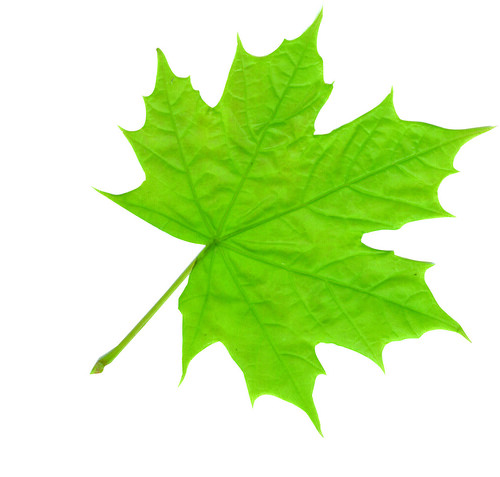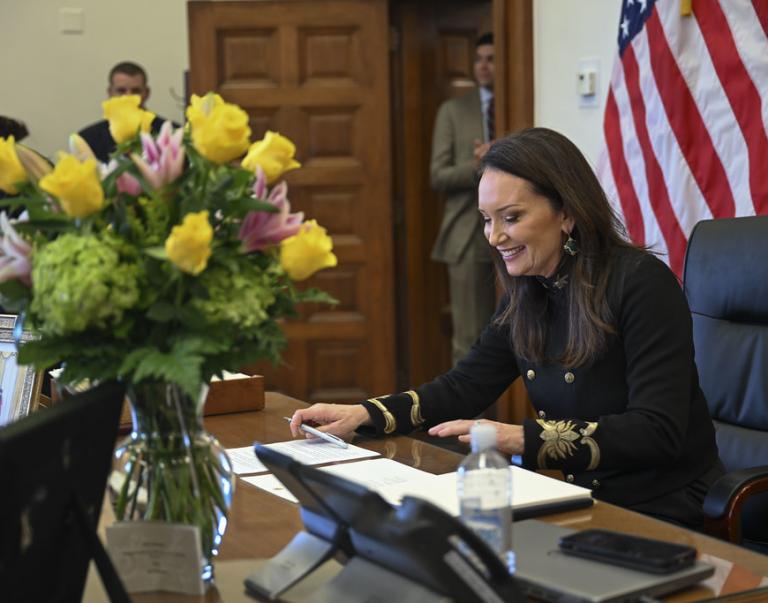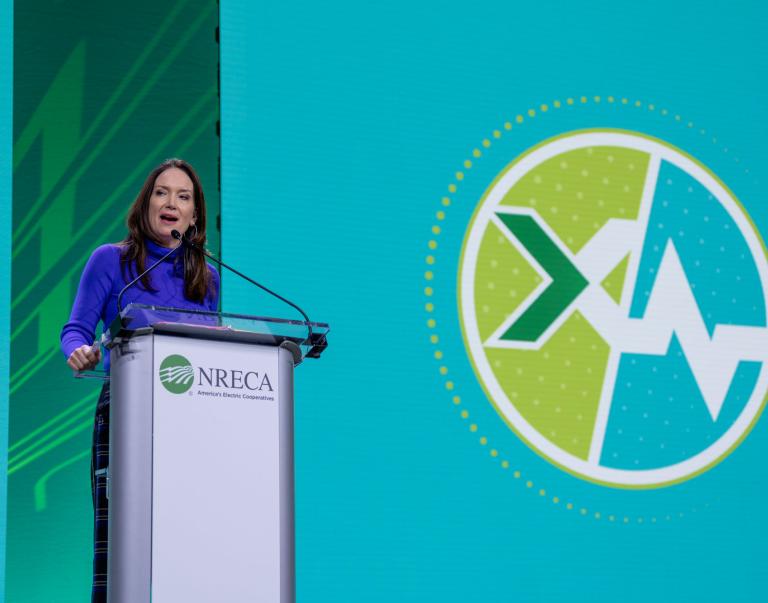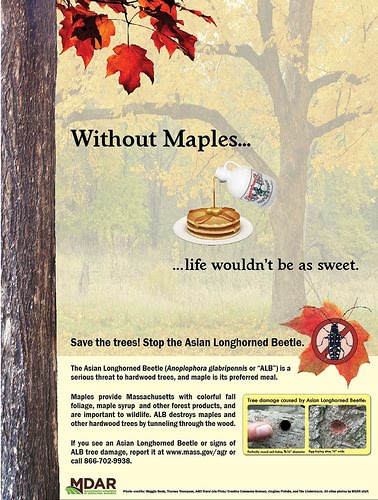
Okay, yes it’s Maple Syrup Day, an unofficial holiday, but the day allows us to celebrate and recognize this often underrated commodity. So in honor of this lovely product, here are some interesting tidbits that you may not know.
I use maple syrup on many things; not just pancakes, waffles and French toast, but also in recipes like soups and casseroles, to sweeten granola or oatmeal, even coffee. I’ve used it on ice cream and even snow, on salads and in salad dressings. My own step-father is known to take a shot of maple syrup every now-and-then. It is delightful on its own. Maple syrup can also be used to make maple cream, maple sugar, and maple candy.
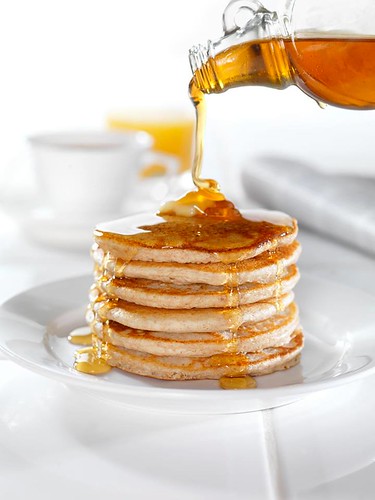
Did you know that sugaring dates back to the 1500s? By the 1700s both Native Americans and European settlers were making syrup. It wasn’t until the Civil War when tin cans and metal spouts were introduced that the maple syrup industry was born. The University of Vermont offers more on the history of Maple syrup online, but in the northeastern region alone, maple syrup production totaled almost 3 million gallons in 2015. According to a report by the National Agriculture Statistics Service, Vermont remained the top “Maple State” in the region and in the nation. Actually, on my way back home from spending Thanksgiving weekend in Vermont, I picked up a booklet about maple syrup created by the Vermont Maple Sugar Makers’ Association and I learned that:
- Maple syrup has more antioxidants than raw tomatoes, cabbage or cantaloupe;
- It has a lot more nutritional value than honey, brown sugar, white sugar, and corn syrup;
- And all the grades of maple syrup can be of equal quality; it’s just matter of taste.
I prefer the very dark color syrup as this has the strongest flavor, but you can start with the lighter varieties and work your way to more robust flavors. In March the USDA introduced a new grading system, United States Standards for Grades of Maple Syrup, to make it easier for producers to market their syrup and clear up any confusion for consumers. So find which grade is right for you and enjoy! And since I work for APHIS and I am originally from Vermont, I would be remiss if I didn’t ask you to check your trees for signs of the Asian longhorned beetle because this non-native insect threatens all of our nation’s maple trees.
